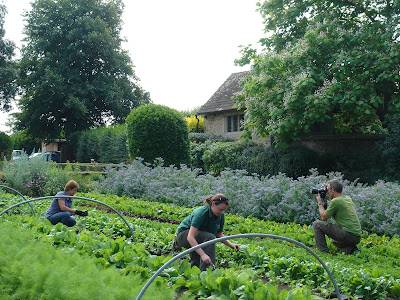Ecology, Sustainability and Environmental Design
Not posted since we started back in
September as just been crazy busy!
Projects are going well and have
been really interesting. The last few
months have been taken up with assignments on ecology, sustainability and
environmental design. The first, the ecology
assignment, I loved and it made me regret I had not done a degree in ecology
instead of garden design!
However, I had to get over it and
move on with the other assignments. Equally
as interesting, the next project was studying the characteristics and features
of sustainable garden design and construction, encompassing the environmental
consideration in terms of wildlife and the ecosystem as a whole, as well as the
hard and soft landscaping aspects that need to be considered. This is going to be quite simply at the core
of all of my design work.
 |
| Planting for Wildlife - Small Tortoiseshell butterfly and honey bees on Sedum spectabile |
Equally important is to ensure
materials and planting fit appropriately in the setting where they are being
used, using local material in keeping with the wider environment and ensuring
plant selection is appropriate for the conditions.
Not to mention all the wildlife, soil and
plant management infrastructure that goes with a well-balanced ‘environmentally
friendly’ garden. Each topic deserves its own discussion page!





















